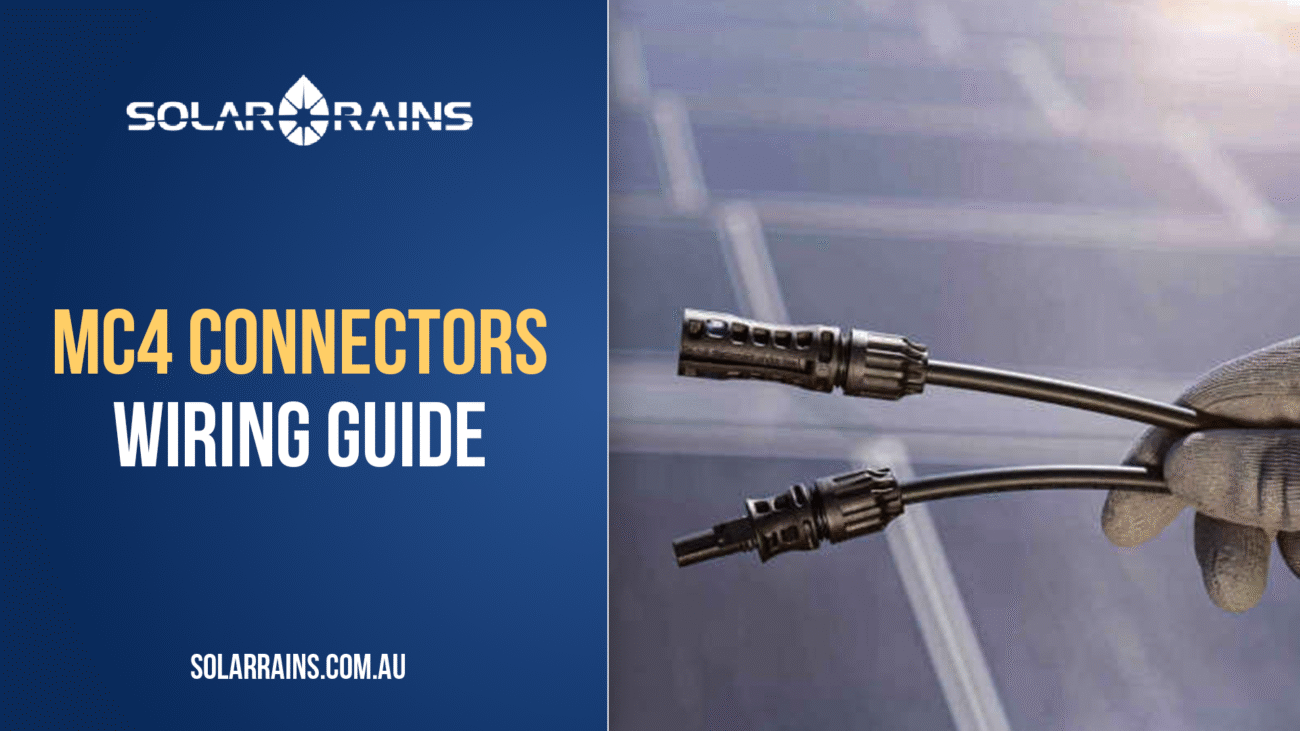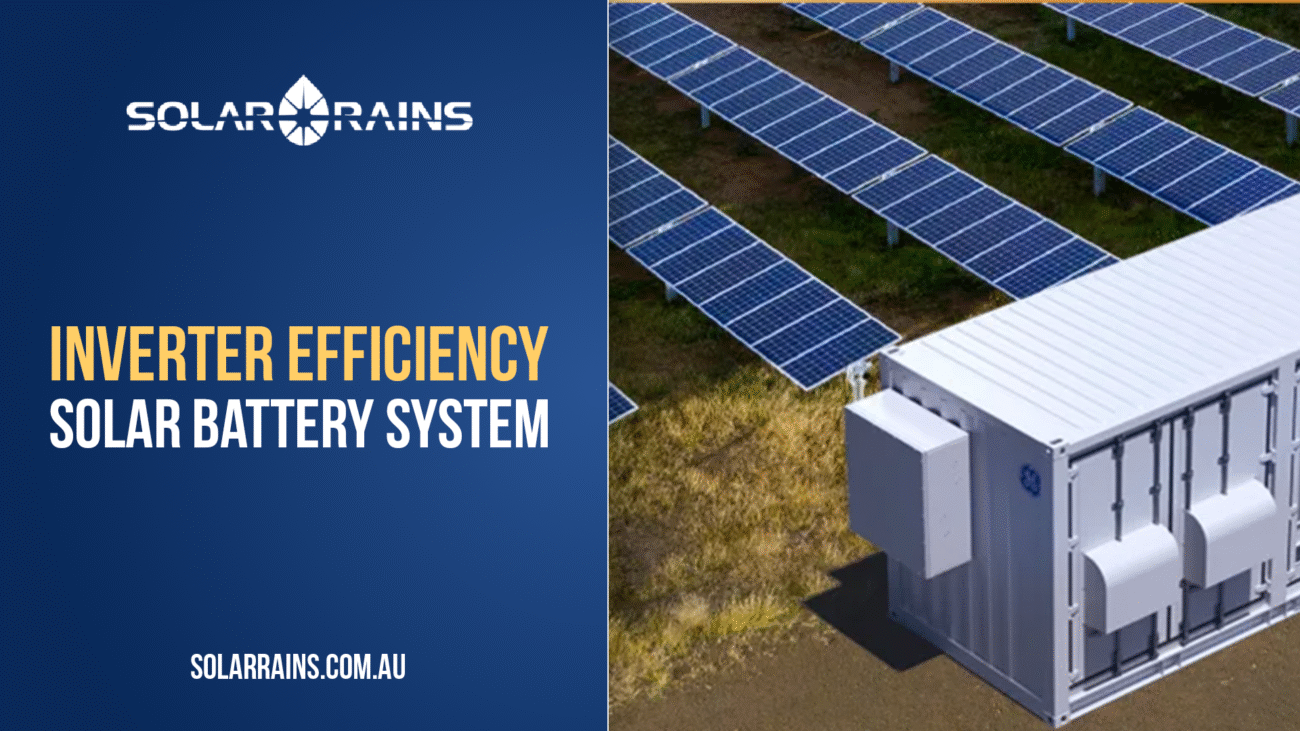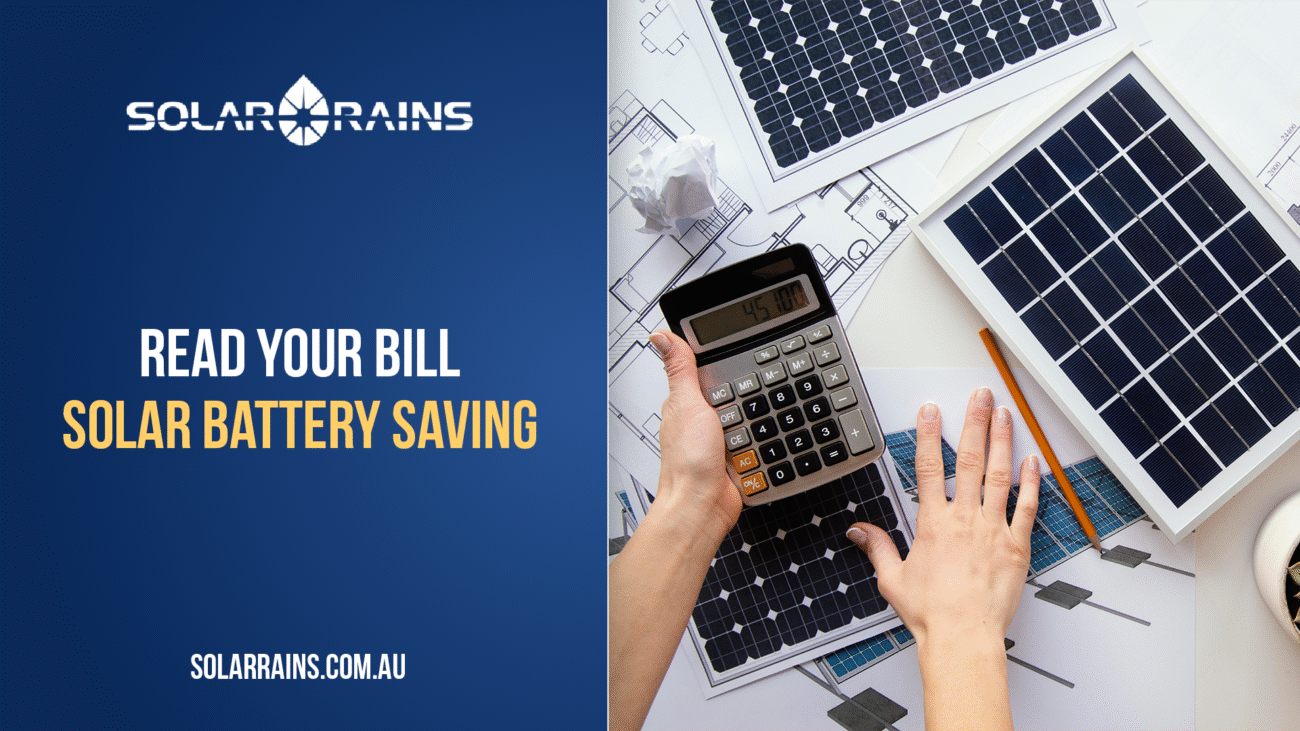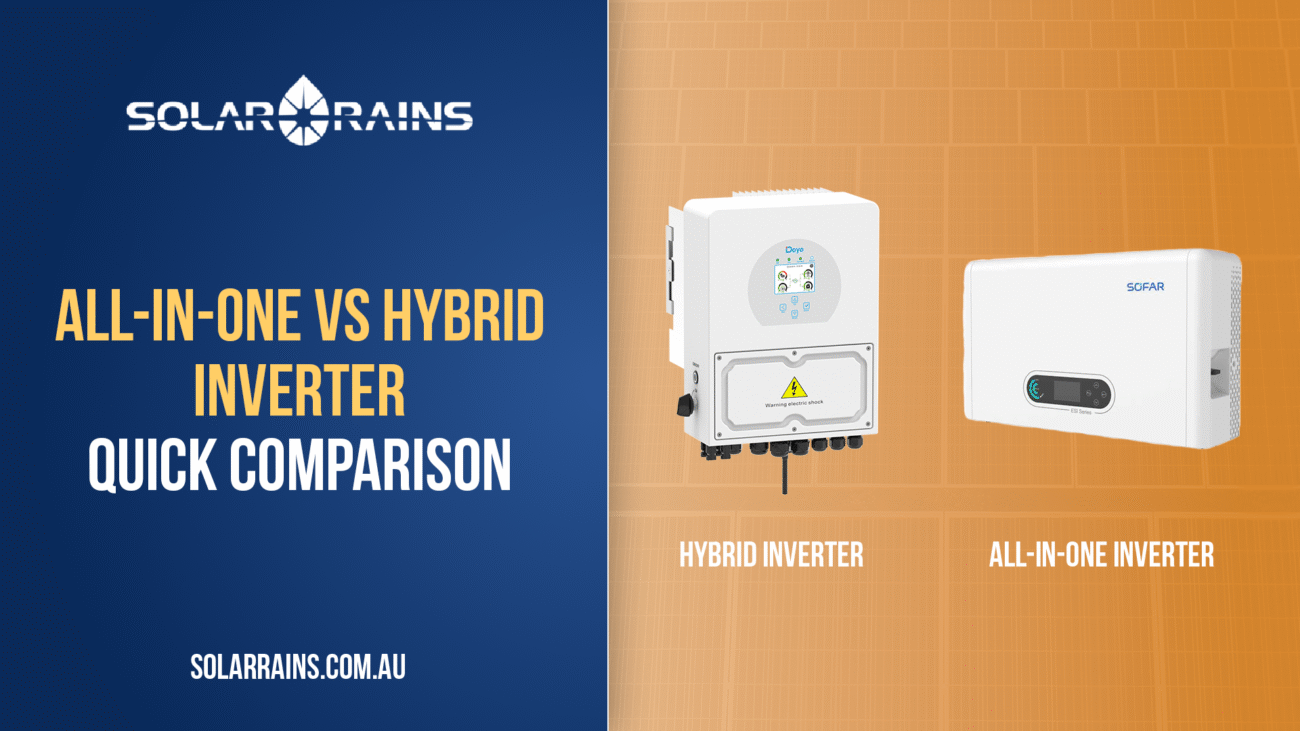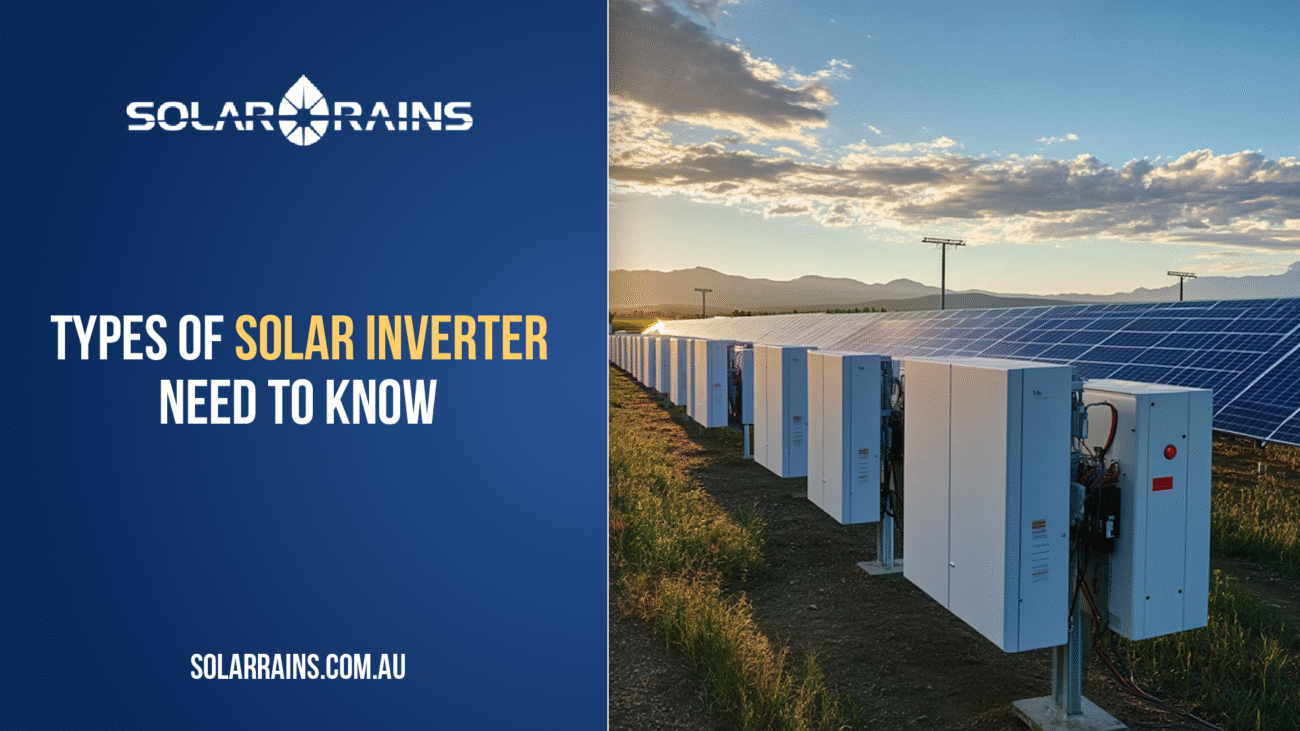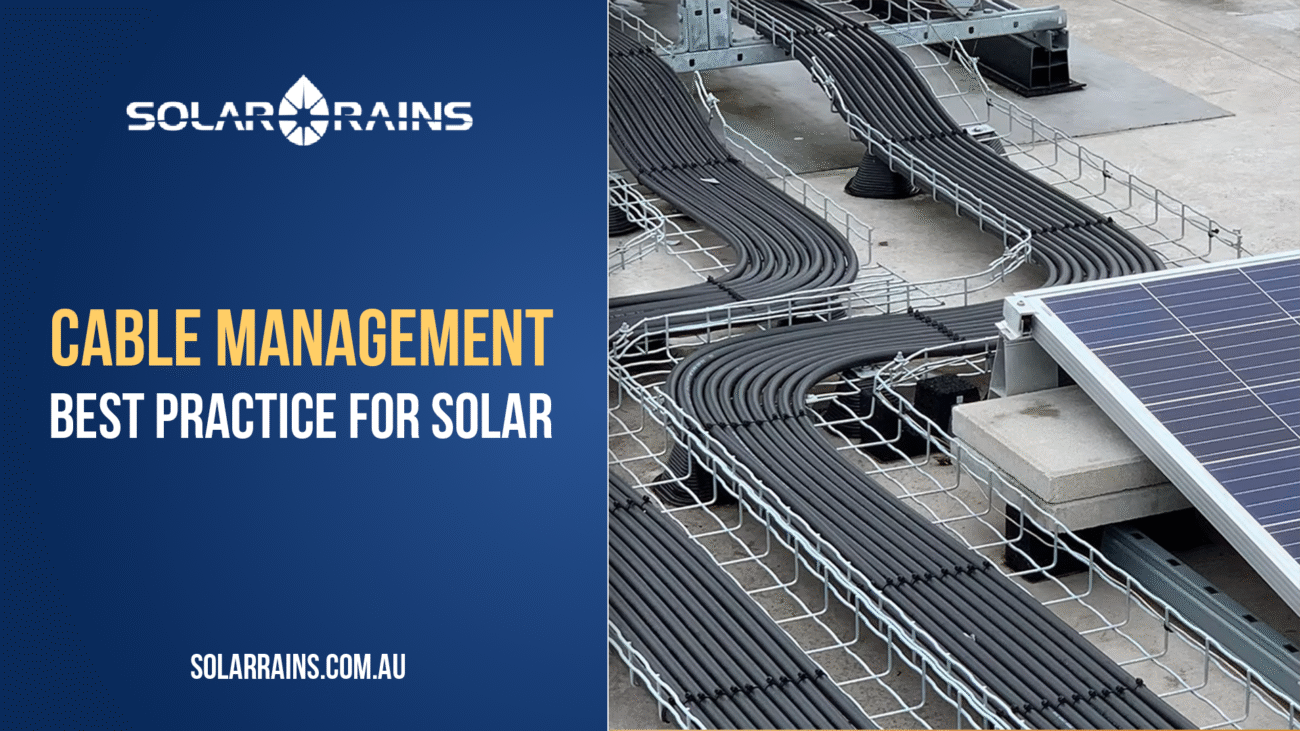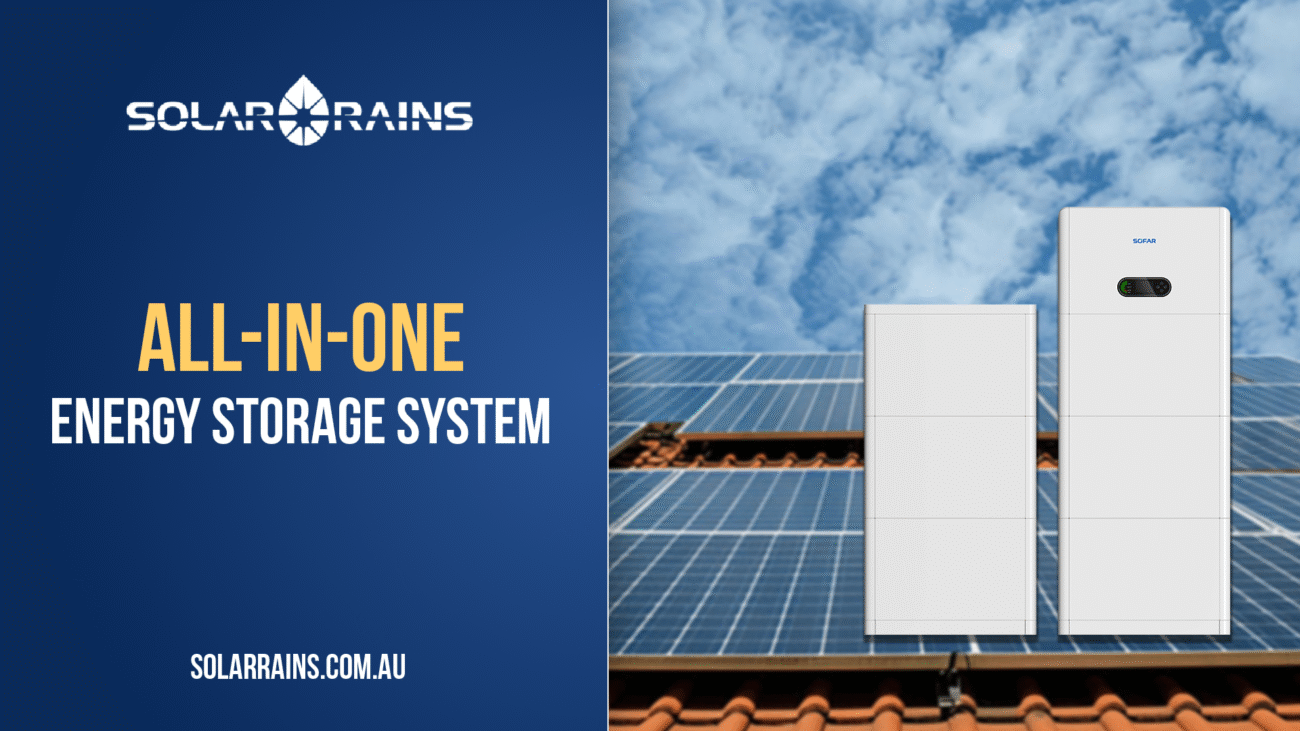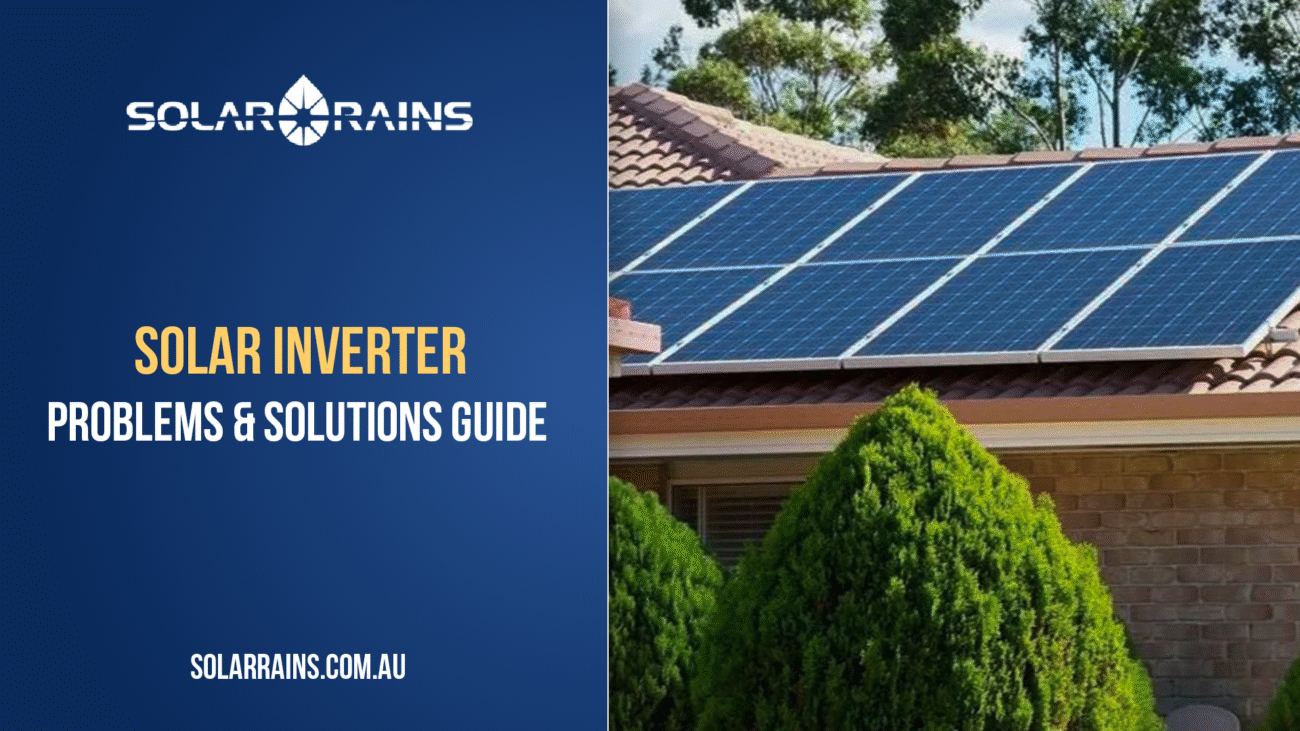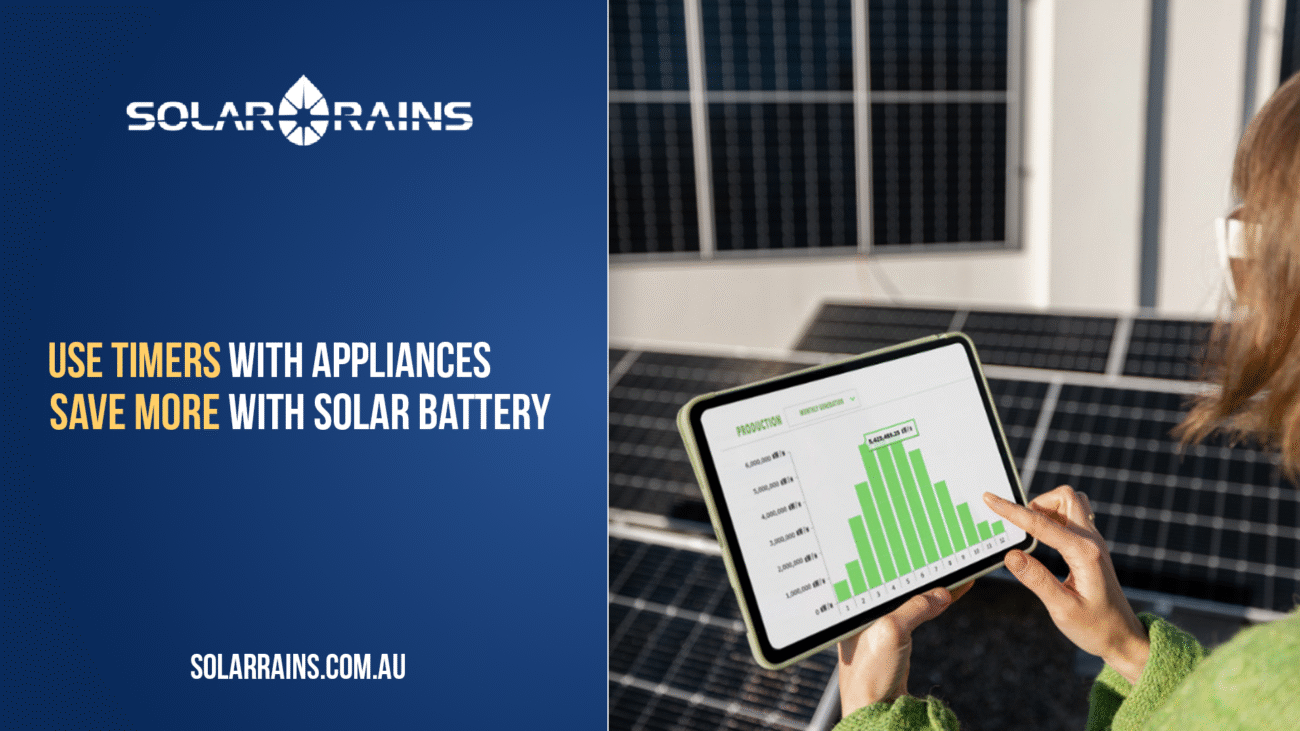MC4 connectors are the industry standard for connecting solar panels safely and efficiently. Whether you’re a professional installer or a DIY solar enthusiast, understanding how to wire MC4 connectors is essential for ensuring system performance and safety.
This guide from Solar Rains, your trusted solar supplier in Australia, walks you through what MC4 connectors are, why they matter, how to wire them properly, and best practices in cable management for long-term reliability.
What Are MC4 Connectors?
MC4 connectors are single-contact electrical connectors commonly used to connect solar panels in photovoltaic (PV) systems. The “MC” stands for “Multi-Contact,” the original manufacturer, while the “4” denotes the 4mm diameter contact pin.
They are designed for quick snap-lock connections, ensuring a weatherproof and secure link between panels and balance-of-system components.
Key Features:
- Rated up to 1000V or 1500V DC (check manufacturer)
- IP67 waterproof rating when mated
- UV resistant for outdoor use
- Locking mechanism prevents accidental disconnection
Solar Rains offers genuine Staubli MC4 connectors for high-quality solar cable connections, found here.
Why Are MC4 Connectors Essential?
MC4 connectors provide:
- Safe high-voltage DC transmission
- Reliable plug-and-play wiring
- Simplified field installation
- Long-term durability in harsh outdoor conditions
Without proper connectors, DIY or poorly managed cables can lead to voltage drop, heat buildup, or even electrical fires. Using MC4 ensures compliance with AS/NZS 5033 standards for PV installations in Australia.
Tools & Materials You’ll Need
Before starting, prepare the following:
Tools:
- MC4 crimping tool
- Cable stripper
- Multimeter (optional for testing)
- Spanner or MC4 disconnect tool
Materials:
- MC4 male & female connectors
- PV wire (usually 4mm² or 6mm²)
- Solar panels or DC devices to connect
For quality accessories, explore our cable management and solar products range here.
How to Wire MC4 Connectors: Step-by-Step
Cut & Strip the Cable
- Use a cable cutter to trim the wire to the required length.
- Strip around 7mm of insulation from the end.
- Ensure the conductor strands remain untwisted.
Crimp the Contact Pin
- Insert the stripped end into the MC4 pin (male or female).
- Use the MC4 crimping tool to compress the contact evenly.
- Tug gently to ensure a firm crimp.
Assemble the Connector
- Slide the contact into the connector housing.
- Push until you hear a “click” – this locks the contact in place.
- Slide in the rubber seal and screw the end cap tightly.
Repeat for both the male and female sides.
Connect to the Solar Panel or System
- Plug the male and female connectors together until you hear a click.
- Confirm polarity: + to + and – to –.
- Use an MC4 disconnect tool to safely unplug if needed.
Cable Management Best Practices
Good cable management isn’t just about aesthetics — it prevents overheating, damage, and accidental disconnections.
Tips:
- Use UV-resistant cable ties or nylon cable clips
- Avoid sharp bends (minimum bend radius = 5x cable diameter)
- Keep cables off the ground to avoid water accumulation
- Use conduit or trays where exposure is high
- Label cables for easy maintenance
Browse our solar cable accessories for best-in-class clips, ties & trays here.
Common Wiring Mistakes to Avoid
- Mismatched connectors: Only use MC4-compatible parts.
- Overtightening: This can damage the internal seal.
- Loose crimps: Always use a certified MC4 crimping tool.
- Improper polarity: Double-check with a multimeter before powering up.
- Exposed wires: Ensure insulation fully reaches the connector seal.
MC4 vs Other Connector Types
| Feature | MC4 Connector | Anderson Plug | Screw Terminal |
| Waterproof Rating | IP67 | IP20 (usually) | Varies |
| Tool-Free Disconnection | No (needs MC4 tool) | Yes | Yes |
| Voltage Capacity | 1000–1500V DC | 600V DC | 250V DC (avg) |
| Outdoor Suitability | Excellent | Moderate | Poor |
| Common Usage | PV Systems | Battery Charging | Indoor Electronics |
When to Replace MC4 Connectors
You may need to replace connectors if:
- They are visibly cracked or warped from UV damage
- The locking mechanism no longer clicks
- Water has entered the housing
- Resistance between connectors increases noticeably
Always source replacements from trusted solar product wholesalers like Solar Rains.
Safety & Compliance
All MC4 installations must comply with Clean Energy Council guidelines and AS/NZS 5033:2021 wiring standards.
- Ensure all crimps are gas-tight
- Use DC-rated breakers downstream
- Never unplug connectors under load
If unsure, consult a licensed electrician or your solar installer.
FAQs
Technically yes, but it’s not recommended. Crimping by pliers leads to unreliable contacts and safety risks.
Only certified MC4 connectors (e.g., Staubli, Amphenol) are fully interchangeable. Cheap copies might not seal or click properly.
Use a multimeter to verify continuity. Measure voltage drop under load to ensure minimal loss.
Generally, no. Once crimped and sealed, they’re not designed for reuse.
Commonly 4mm² or 6mm² PV wire. Check your connector specs before crimping.
Conclusion
MC4 connectors are the backbone of safe, scalable, and efficient solar installations. By wiring them correctly and following best practices in cable management, you ensure your system runs reliably for decades.
Whether you’re a homeowner installing a rooftop system or a solar professional upgrading large arrays, trust Solar Rains, your reliable solar supplier for genuine MC4 connectors, tools, and accessories.

